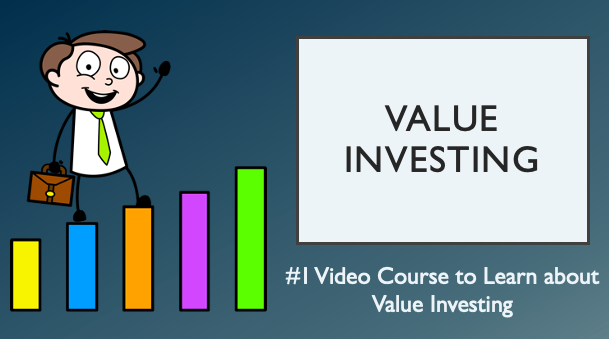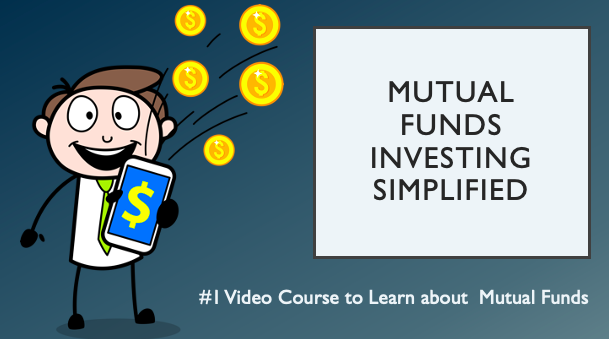Book Summary of Why Moats Matter
by Heather Brilliant and Elizabeth Collins

What is this book about?
The book "Why Moats Matter: The Morningstar Approach to Stock Investing" by Heather Brilliant and Elizabeth Collins focuses on the concept of economic moats in investing. It explains how to identify businesses with sustainable competitive advantages (economic moats) that can protect them from competition and generate high returns on capital over time. The book details Morningstar's methodology for analyzing and valuing companies based on their competitive advantages, providing a framework for long-term, value-based investing.
Who should read the book?
This book is ideal for:
- Long-term investors who are interested in value investing and want to understand how to identify and invest in companies with sustainable competitive advantages.
- Financial analysts and professionals seeking to enhance their understanding of company valuation and competitive analysis.
- Serious individual investors looking to improve their stock-picking skills by learning from Morningstar's approach.
- Students of finance and investment who want to gain insights into a structured and disciplined investment process.
10 Big Ideas from the Book
- Economic Moats: A moat is a structural advantage that protects a company from competitors, allowing it to sustain high returns on capital.
- Five Sources of Moats: These include intangible assets, cost advantages, switching costs, network effects, and efficient scale.
- Moat Ratings: Companies are rated based on their moat strength—no moat, narrow moat, or wide moat—based on the durability and sustainability of their competitive advantage.
- Valuation Discipline: Valuation is crucial. Even a great company should be bought at the right price to maximize returns.
- Margin of Safety: Always seek a margin of safety in investments to protect against unforeseen risks.
- Moat Trends: Understanding how a company's moat might be strengthening or weakening is essential for assessing its long-term prospects.
- Stewardship: The role of management in maintaining and enhancing a company's moat is critical, especially in capital allocation.
- Dividend Investing with Moats: Companies with strong moats often have the ability to sustain and grow dividends over time.
- Sector-Specific Moats: The nature of moats can vary significantly by industry, and the book provides insights on how to evaluate them across different sectors.
- Portfolio Strategies: Incorporating moat analysis into portfolio construction can lead to superior risk-adjusted returns.
Summary of "Why Moats Matter: The Morningstar Approach to Stock Investing"
Introduction “Why Moats Matter” is a detailed guide to understanding and applying the concept of economic moats to stock investing. Written by Heather Brilliant and Elizabeth Collins, the book builds on the investment philosophy of Morningstar, a leading investment research firm. The central thesis of the book is that companies with strong economic moats—sustainable competitive advantages—are more likely to deliver superior returns over the long term. The book provides a framework for identifying these companies, assessing their value, and applying this knowledge to build a successful investment portfolio.
Key Insights and Concepts
1. Economic Moats
- Definition: An economic moat is a structural advantage that allows a company to fend off competition and maintain high returns on invested capital (ROIC) over time.
- Five Sources of Moats:
- Intangible Assets: Brands, patents, and regulatory licenses that keep competitors at bay.
- Cost Advantage: Companies that can produce goods or services at a lower cost than competitors, giving them a pricing or margin advantage.
- Switching Costs: High costs for customers to switch from one product to another, ensuring customer loyalty.
- Network Effect: The value of a product or service increases as more people use it, creating a virtuous cycle.
- Efficient Scale: A market situation where the existing players operate at a scale that discourages new entrants.
2. Morningstar’s Moat Ratings
- Wide Moat: Companies expected to earn excess returns for at least 20 years.
- Narrow Moat: Companies expected to earn excess returns for at least 10 years.
- No Moat: Companies without a sustainable competitive advantage, expected to earn only their cost of capital in the long run.
3. Valuation and Margin of Safety
- Valuation: The process of determining the intrinsic value of a company based on the present value of future cash flows.
- Discounted Cash Flow (DCF) Model: A method used by Morningstar to estimate a company’s fair value by discounting future cash flows to the present.
- Margin of Safety: The principle of buying stocks at a significant discount to their intrinsic value to reduce risk. Morningstar uses a combination of fair value estimates and uncertainty ratings to determine the margin of safety.
4. Moat Trends
- Moat Trend: The direction in which a company’s competitive position is moving. A positive moat trend indicates strengthening advantages, while a negative trend suggests weakening moats.
5. Stewardship
- Importance of Management: Good management can enhance a company’s moat by making wise capital allocation decisions. Morningstar evaluates management’s effectiveness through its Stewardship Rating.
6. Dividend Investing with Moats
- Moats and Dividends: Companies with strong moats often have the ability to sustain and grow dividends over time. The stability of cash flows in moat companies makes them attractive for income-focused investors.
7. Sector-Specific Moat Analysis
- The book dedicates significant sections to analyzing moats in various sectors, such as Technology, Healthcare, Financial Services, and Industrials, emphasizing that the nature of moats can vary widely across industries.
Key Ratios and Metrics to Remember
1. Return on Invested Capital (ROIC)
- Definition: A measure of how well a company is using its capital to generate returns.
- Significance: ROIC should consistently exceed the company’s cost of capital (WACC) for a company to be considered as having a sustainable moat.
2. Weighted Average Cost of Capital (WACC)
- Definition: The average rate of return a company is expected to pay its security holders to finance its assets.
- Significance: WACC is the hurdle rate for determining whether a company is creating or destroying value. A company should have ROIC greater than WACC for a wide moat rating.
3. Price/Earnings (P/E) Ratio
- Definition: A valuation ratio calculated by dividing the current market price of the stock by its earnings per share (EPS).
- Significance: Used to compare a company’s current share price to its per-share earnings. A lower P/E might indicate undervaluation, but should be compared to the sector average.
4. Price/Book (P/B) Ratio
- Definition: A financial ratio used to compare a company's market value to its book value.
- Significance: Helps in assessing whether a stock is undervalued or overvalued relative to its net assets.
5. Dividend Yield
- Definition: The dividend per share divided by the price per share, expressed as a percentage.
- Significance: Indicates how much a company pays out in dividends relative to its stock price. Moat companies often have higher and more sustainable dividend yields.
6. Debt-to-Equity Ratio
- Definition: A measure of a company’s financial leverage calculated by dividing its total liabilities by stockholders' equity.
- Significance: Indicates the relative proportion of shareholders' equity and debt used to finance a company’s assets. Lower ratios suggest a company is less reliant on borrowing, which could be beneficial in maintaining a moat.
Conclusion
"Why Moats Matter" offers a detailed framework for identifying and investing in companies with sustainable competitive advantages. The book emphasizes the importance of long-term thinking, valuation discipline, and understanding the qualitative and quantitative aspects of what makes a business great. By focusing on companies with strong economic moats, investors can increase their chances of achieving superior risk-adjusted returns over time. The book also provides a robust methodology for analyzing and valuing companies, making it a valuable resource for serious investors looking to refine their stock-picking strategies.
Which other books are used as reference?
The book references a variety of works that focus on value investing, competitive strategy, and financial analysis. Some of the key references likely include:
- Warren Buffett’s writings, particularly his discussions on economic moats and competitive advantages.
- "The Intelligent Investor" by Benjamin Graham: A foundational text on value investing.
- Michael Porter’s works on competitive strategy, especially regarding industry structure and competitive forces.
- Other Morningstar publications and research papers on equity analysis and investing strategies.
These references are foundational to the concepts and methodologies discussed in "Why Moats Matter."
Browse Summaries of Top Investing books!
You may also like the below Video Courses



